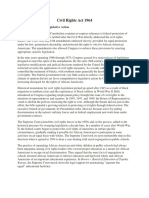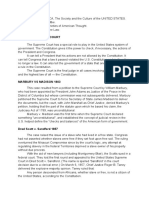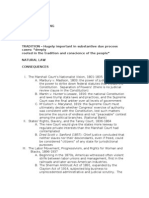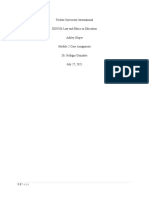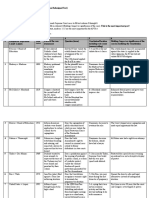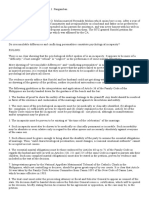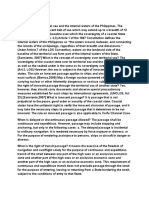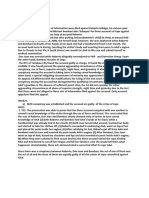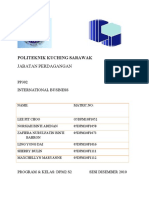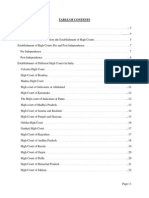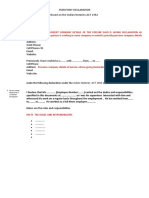0% found this document useful (0 votes)
16 views14 pagesAP Gov Task2
The document outlines key Supreme Court cases that have shaped American law and civil rights, including Marbury v. Madison, which established judicial review; McCulloch v. Maryland, which reinforced federal supremacy; and Brown v. Board of Education, which overturned segregation in schools. Other significant cases discussed include Engel v. Vitale, which emphasized the separation of church and state, and Gideon v. Wainwright, which affirmed the right to counsel. The document highlights the evolution of constitutional interpretation and the protection of individual rights through landmark rulings.
Uploaded by
mark chenCopyright
© © All Rights Reserved
We take content rights seriously. If you suspect this is your content, claim it here.
Available Formats
Download as PDF, TXT or read online on Scribd
0% found this document useful (0 votes)
16 views14 pagesAP Gov Task2
The document outlines key Supreme Court cases that have shaped American law and civil rights, including Marbury v. Madison, which established judicial review; McCulloch v. Maryland, which reinforced federal supremacy; and Brown v. Board of Education, which overturned segregation in schools. Other significant cases discussed include Engel v. Vitale, which emphasized the separation of church and state, and Gideon v. Wainwright, which affirmed the right to counsel. The document highlights the evolution of constitutional interpretation and the protection of individual rights through landmark rulings.
Uploaded by
mark chenCopyright
© © All Rights Reserved
We take content rights seriously. If you suspect this is your content, claim it here.
Available Formats
Download as PDF, TXT or read online on Scribd
/ 14






















